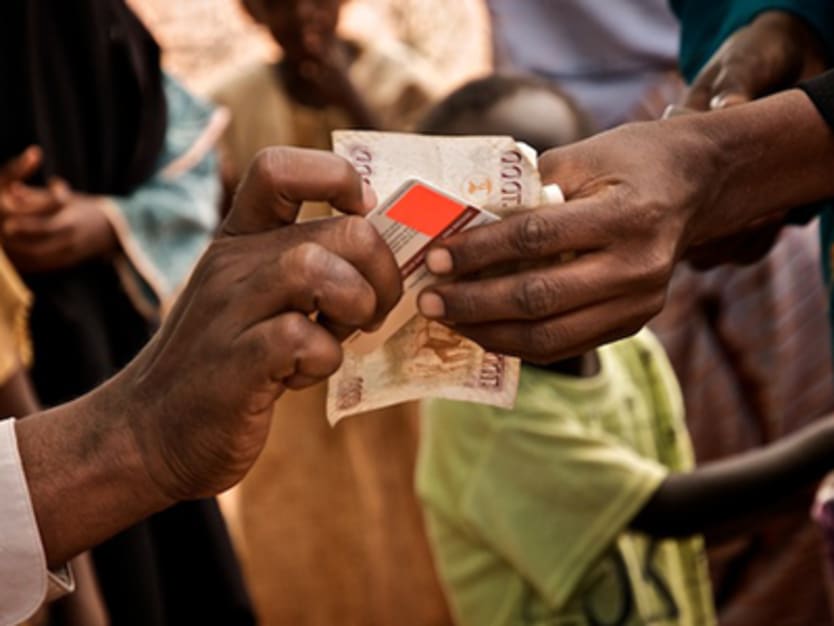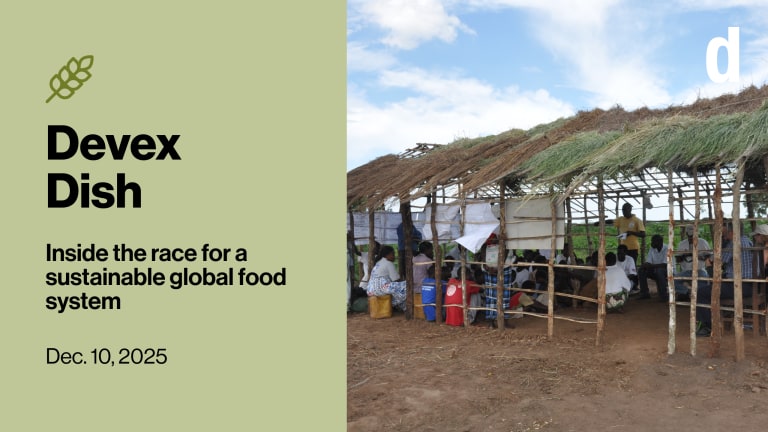
EDITOR’S NOTE: Critics argue unconditional cash transfers fail to deal with the root causes of poverty and conditional cash transfers are better. Center for Global Development senior fellow Amanda Glassman however notes how both systems help fight poverty.
The Economist’s take on the Give Directly evaluation argues that unconditional cash transfers “don’t deal with the deeper causes of poverty.” The article cites Baird and co-authors’ review showing that vigorously enforced conditional cash transfer programs generate larger effects on school enrollment than UCT, and suggests that CCT are thus better positioned to address the root causes of poverty.
Yet this conclusion only holds if improving enrollment helps with schooling outcomes like learning and labor market returns. This is not actually the case, at least so far; while CCT have worked for school attendance and enrollment in a variety of settings, no program can find an impact on learning as measured in standardized tests. Neither Mexico, Colombia nor Ecuador found impact of cash transfer programs on test scores. After a decade of implementation, the Mexico program further finds no effect of the program on labor market participation, wages or inter-generational occupational mobility. And while conceptually there are gains in wages from each additional year of schooling regardless of its quality in most countries, macro data suggests that learning is more associated with earnings in the labor market and growth than additional years of schooling.
The most important “deeper cause of poverty” addressed by both kinds of cash transfers — whether UCT or CCT — relates instead to the nutrition of young children and development of their cognitive skills, rather than the obligatory use of low-quality education.
Nutritional status as a child affects cognitive ability, schooling progression, and wages in the labor market. Conversely, low levels of cognitive development in early childhood lead to fewer years of schooling and less learning while in school. Differences in cognitive ability are found to persist over time, and are important predictors of later wages. Indeed, in Latin America, research published by NBER finds that low cognitive skills explain much of the lower than expected economic growth in the region prior to 2009.
On nutrition, there is plenty of evidence that both CCT and UCT generate significant gains in a variety of settings, where — I would hypothesize — the size of the effect is more likely related to the targeting accuracy of the program and the depth of poverty of the beneficiaries, than to the presence or absence of conditionality. Here are a handful of the most compelling cases:
In the Philippines a CCT reduced severe stunting by 10 percentage points.
South Africa’s UCT, the Child Support Grant, reduced stunting for some groups of beneficiaries.
Kenya and Malawi’s UCT targeted to orphans and vulnerable children show large and significant effects on child nutrition.
In Brazil, beneficiary children less than 5 years old had a 26 percent higher chance of having adequate height for age and weight for age than a non-beneficiary.
In Colombia, CCT beneficiaries were 6.9 percent less likely to be malnourished than non-beneficiaries.
Three separate analyses of the CCT in Mexico find positive effects on participant height for weight, with greater duration of exposure to the program being related to greater height for age.
In Nicaragua, a CCT, beneficiary children were 6 percentage points less likely to be underweight. Less encouraging: no or modest effects are observed for micronutrient status in any country.
There is less evidence on cognitive development. However, recent studies by Karen Macours, Norbert Schady, Christina Paxson, and others suggest that both UCT and CCT help with cognitive development of the poorest children.
We care about nutrition and cognition as outcomes in their own right, a contribution to well-being. But from a “deeper causes of poverty” perspective, better nutrition and cognition only matter if they are able to contribute to better education-related outcomes in the labor market. In that case, cash transfers — whether conditional or unconditional — can only help if the education system is set up to actually educate.
Edited for style and republished with permission from the Center for Global Development. Read the original article.


